Dogs have always been man’s best friend, and throughout history, humans have selectively bred dogs for various purposes, such as hunting, guarding, and companionship. The Netherlands has a rich history of dog breeding, with many traditional Dutch dog breeds still existing today. These breeds have been carefully crafted over centuries to suit the specific needs of their owners and the environment in which they live.
We will take a deep dive into the world of Dutch dog breeds. We’ll cover everything from their interesting history to the top five traditional breeds, including the Dutch Shepherd, Dutch Smoushond, Kooikerhondje, Keeshond, and Schapendoes. We’ll also provide tips on choosing the right Dutch breed for your family and how to properly train and care for them.
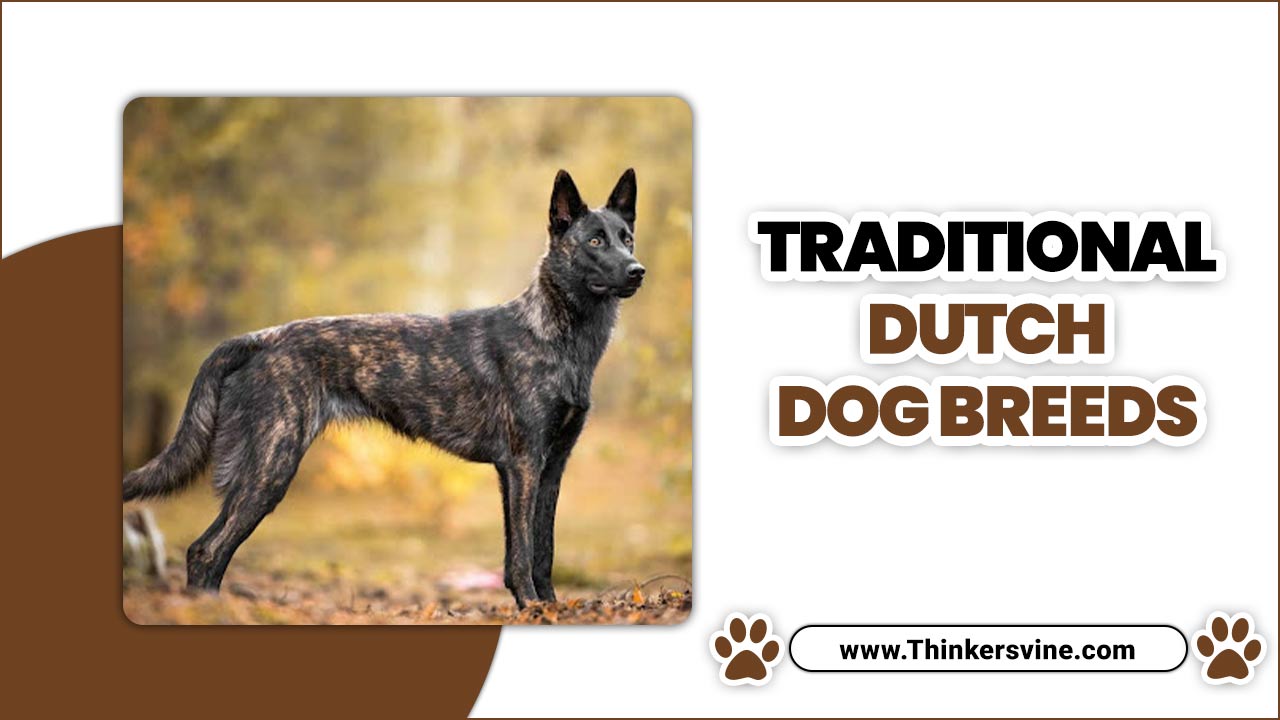
About Dutch Dog Breeds
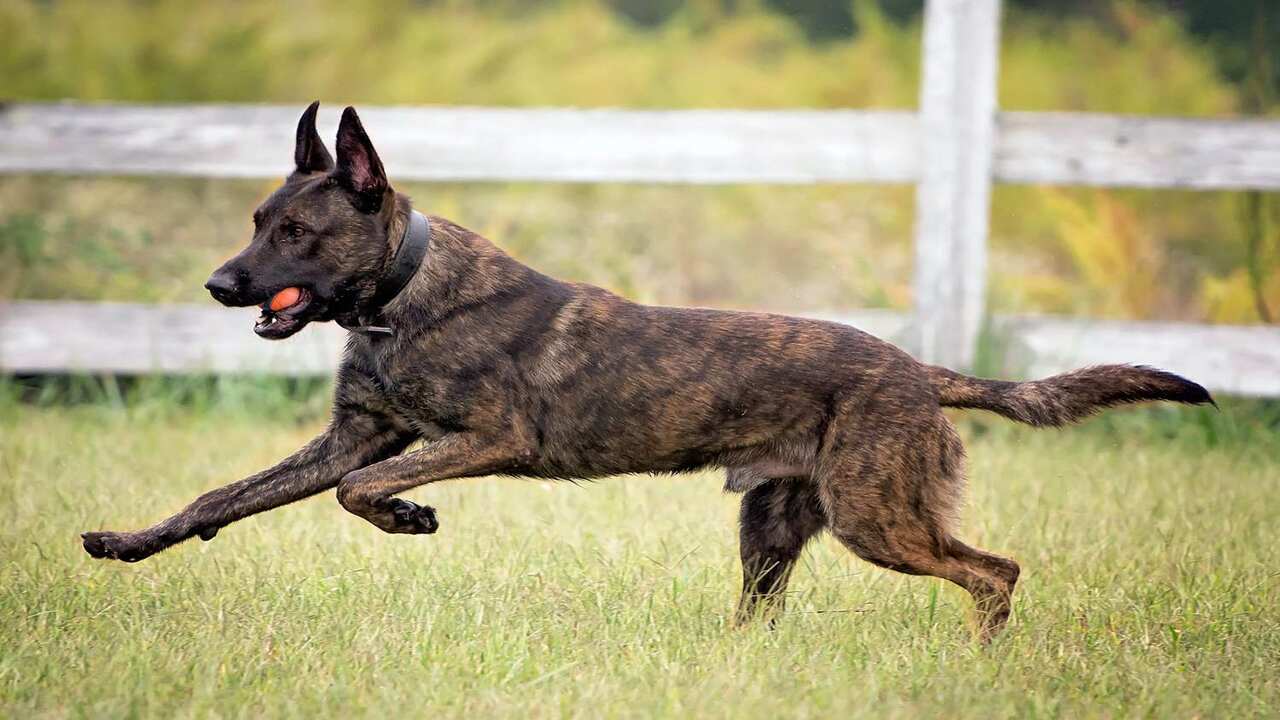
Dutch dog breeds, such as the Dutch Shepherd, Keeshond, and Kooikerhondje, have a rich history and were selectively bred for specific working purposes. Known for their intelligence, loyalty, and protective nature, these breeds have made their mark in various fields, ranging from police and military work to hunting and serving as family companions.
Before adopting any Dutch breed, it is important to research and understand their unique temperament and exercise needs. These breeds have truly proven themselves as versatile and valued companions.
History Of The Dutch Dog Breeds
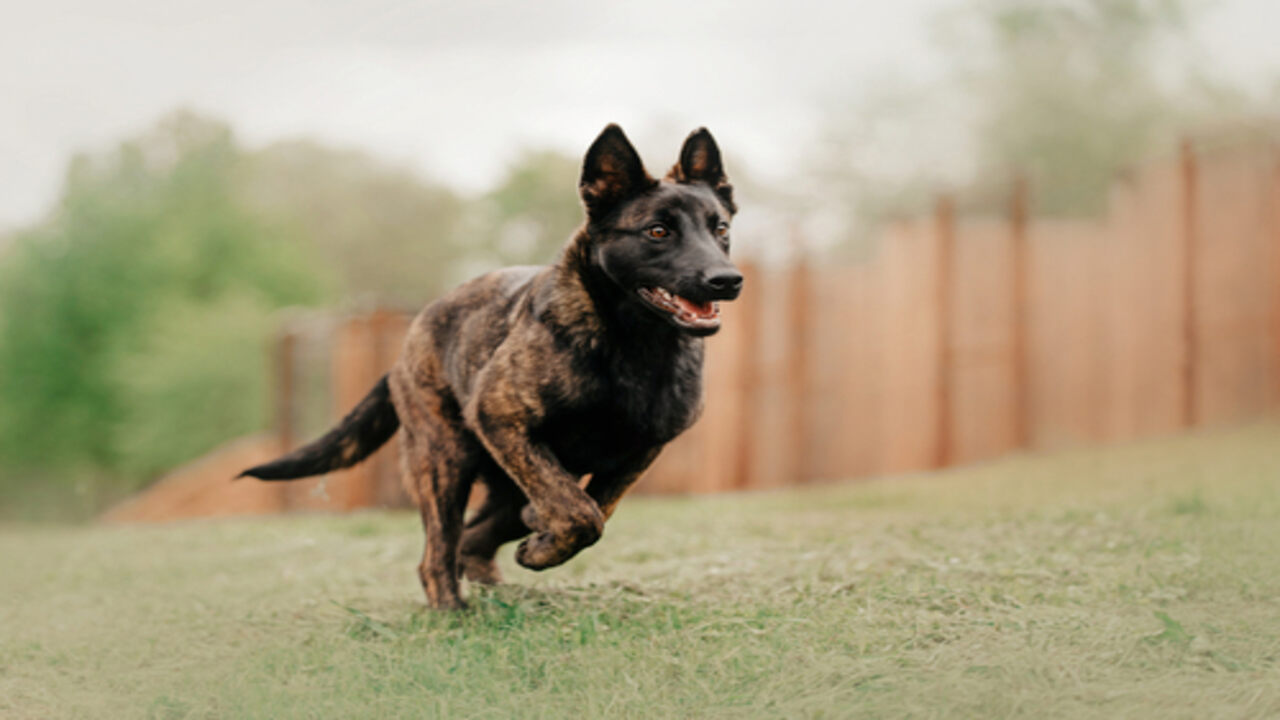
Dutch dog breeds boast a deep-rooted history that stretches back for centuries. These breeds were selectively developed for various practical purposes, including herding, hunting, and guarding. The Dutch Kennel Club is pivotal in safeguarding and promoting these traditional breeds.
Notable Dutch dog breeds, such as the Kooikerhondje, Wetterhoun, and Schapendoes, exhibit distinct features and characteristics that make them truly unique. Their rich history and diverse traits continue to captivate dog enthusiasts and owners alike.
5 Best Traditional Dutch Dog Breeds
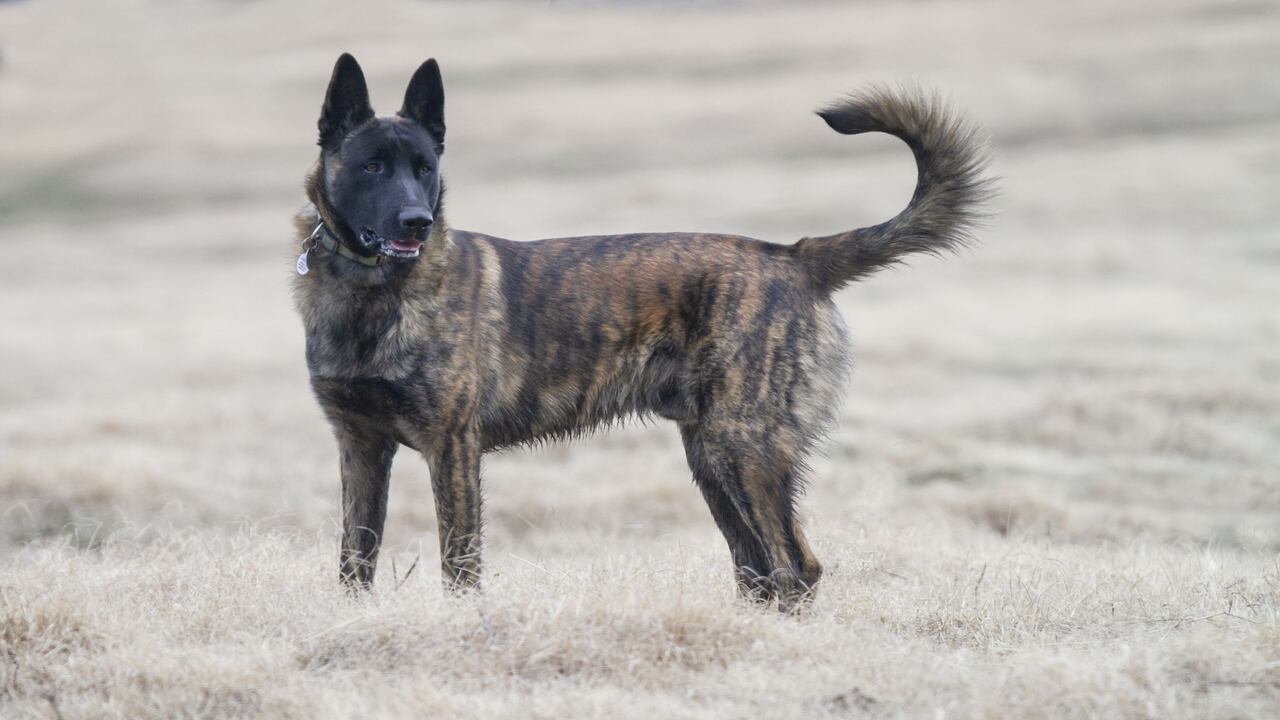
The Traditional Dutch-Dog Breeds offer diverse qualities and characteristics that make them stand out. The Nederlandse Kooikerhondje is known for its hunting prowess and intelligence. Meanwhile, the Wetterhoun excels in water activities like retrieving and tracking. The Stabyhoun fits the bill perfectly if you want a friendly and loyal companion.
The Schapendoes, with their lively nature and shaggy coat, require regular grooming. Lastly, the Keeshond, a spitz-type breed, is affectionate, friendly, and great with children. These five breeds epitomize the best of Traditional Dutch Dog-Breeds. Here are 5 best Traditional Dutch Dog Breeds.
Dutch Shepherd
The Dutch Shepherd is known for its intelligence and trainability, excelling in obedience, agility, and scent work. This versatile working breed makes an excellent service or detection dog, showcasing a strong work ethic. To prevent boredom and destructive behavior, mental and physical stimulation is crucial. With their loyalty and protective nature, Dutch Shepherds form close bonds with their families.
Characteristics Of Dutch Shepherd
The Dutch Shepherd is a smart and versatile working dog breed known for their loyalty and protective nature. Their excellent herding and guarding abilities make them valuable assets in various tasks and environments. Highly trainable and eager to please, Dutch Shepherds are adaptable and excel in obedience, agility, and scent work. Their intelligence and work ethic make them ideal service or detection dogs.
- NAME Dutch Shepherd
- PET HEIGHT 21 to 25 inches
- PET WEIGHT 42 to 75 pounds
- LIFESPAN 11 to 14 years
- GOOD WITH children, dogs, families
- TEMPERAMENT outgoing, playful
- INTELLIGENCE high
- SHEDDING AMOUNT normal
- EXERCISE NEEDS high
- ENERGY LEVEL active
- VOCAL LEVEL when necessary
- DROOL AMOUNT low
- BREED GROUP none
- BREED SIZE large (61-100 lbs.)
- COAT LENGTH long, short, wiry
- COLORS black, blue, gray, white
Dutch Smoushond
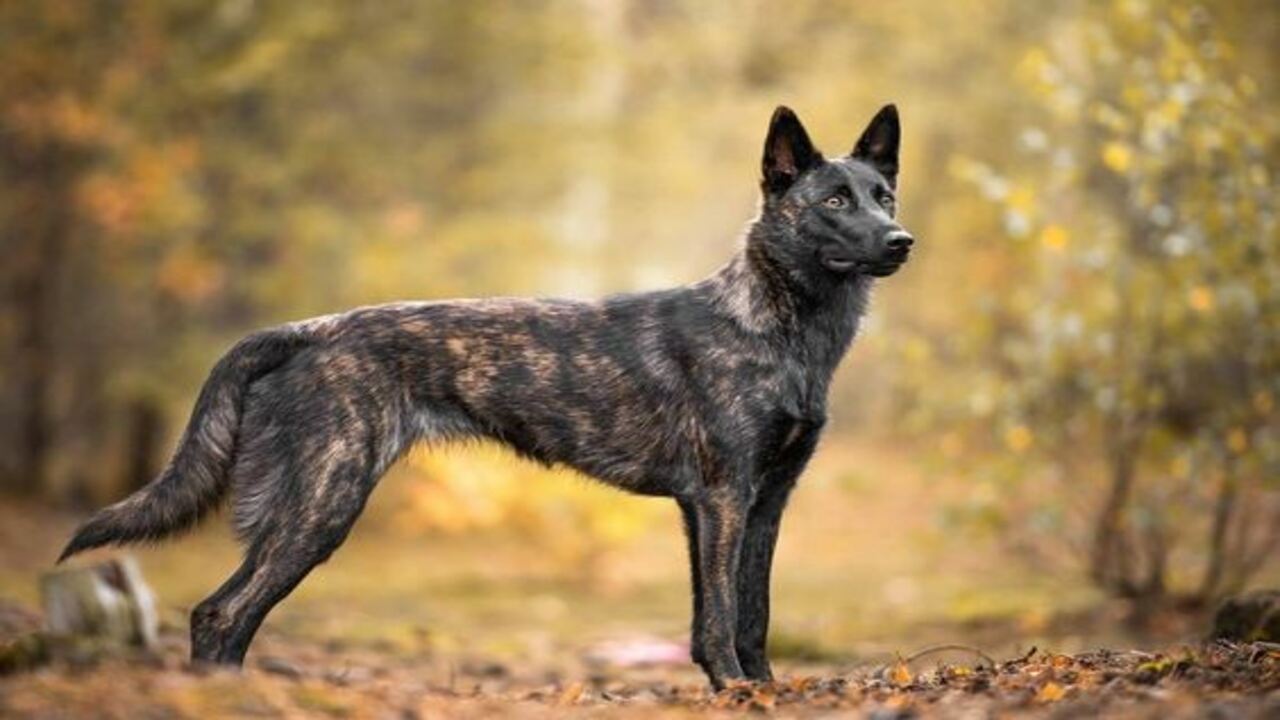
The Dutch Smoushond, a small but sturdy breed, was originally bred for catching rodents. With their scruffy appearance and long hair on the face and body, they are quite distinctive. Known for their friendly and affectionate nature, Dutch Smoushonds are great for children and other pets.
Regular grooming is necessary to maintain their coat and prevent matting. While relatively rare outside of the Netherlands, a dedicated group of enthusiasts is working to preserve and promote this special breed.
Characteristics Of Dutch Smoushond
The Dutch Smoushond breed has a fascinating history and origin. This breed stands out with its small size, unique coat color, and grooming needs. Known for their intelligence, loyalty, and playfulness, Dutch Smoushonds make wonderful companions. It’s important to be aware of potential health concerns and genetic issues. To keep them happy and well-behaved, they require proper training and exercise.
- Names Dutchie, Hollandse Smoushond
- Coat Wiry, coarse, harsh, straight, with an unkempt appearance
- Colour All shades of yellow, preferably dark straw
- Breed Type Purebred
- Category Terrier
- Lifespan 12-15 years
- Weight 20-22 lbs
- Size Small
- Height 14-17 in
- Shedding Low
- Temperament Affectionate, obedient, intelligent
- Hypoallergenic No
- Litter Size 2-5 puppies
- Good with Children Yes
- Barking Moderate
Kooikerhondje
The Kooikerhondje is a traditional Dutch breed with a rich history. Originating in the Netherlands, this small spaniel-like dog was originally used as a hunting companion and guard dog. Known for its distinctive red and white coat, the Kooikerhondje has a friendly and affectionate temperament.
They require regular training and exercise to keep them mentally and physically stimulated. Like all purebred dogs, they may be prone to certain health concerns, so finding a reputable breeder is essential. Caring for a Kooikerhondje involves providing proper nutrition, regular grooming, and ensuring their overall well-being.
Characteristics Of Kooikerhondje
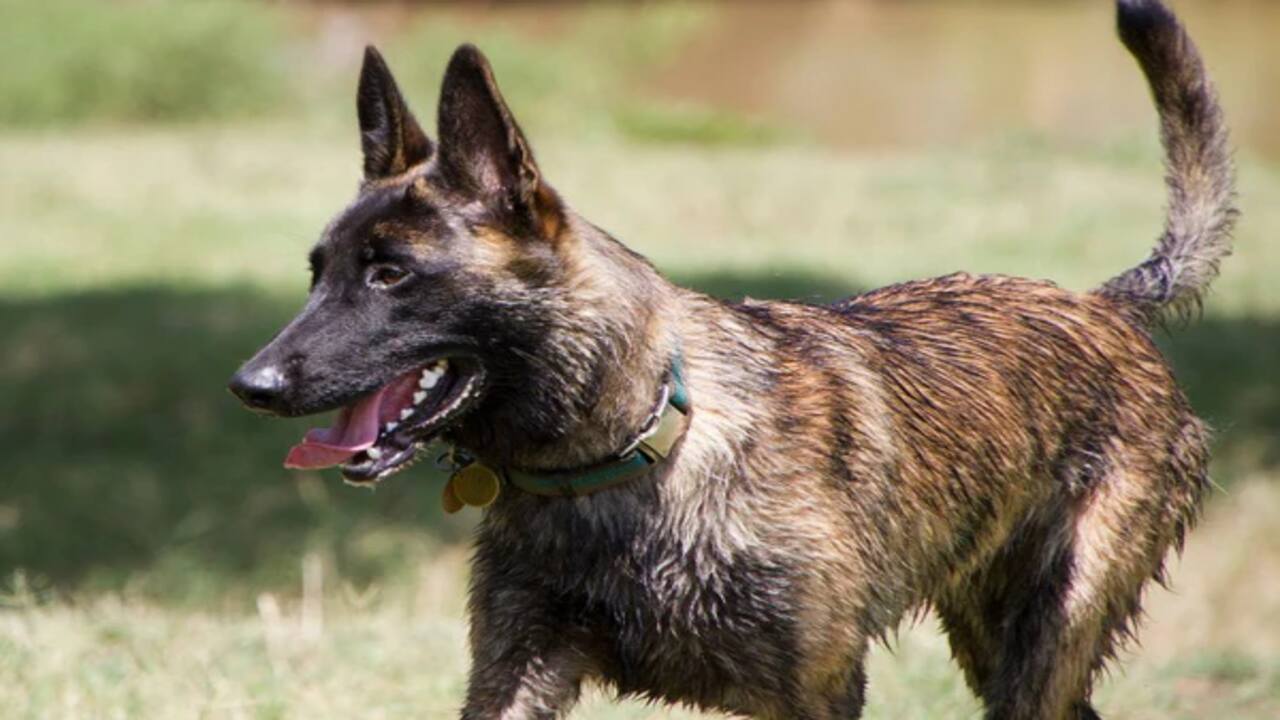
The Kooikerhondje is a small to medium-sized dog breed with long, curly fur and distinctive orange spots on its ears and body. They are friendly, playful, and intelligent, making them great family pets. Regular exercise and mental stimulation are important for Kooikerhondjes, and they respond well to positive reinforcement training methods.
While generally healthy, they may be prone to hip dysplasia and other genetic health issues. Bred in the Netherlands for centuries as working dogs, Kooikerhondjes were primarily used for hunting and catching ducks.
- Name Kooikerhondje
- Breed Group Sporting
- Size Medium
- Type Purebred
- Life span 12-14 years
- Temperament Alert, Cheerful, Intelligent, Lively, Loving, Out-going, Territorial
- Height 14-16 inches (36-41 cm)
- Weight 20-40 pounds (9-18 kg)
- Colors White, Orange, Red
- Litter Size 5-7 puppies
Keeshond
The Keeshond, originally known as the Wolfspitz in the Netherlands, has a rich history. This breed is characterized by its medium size, dense double coat, and distinct coloration of silver, black, and cream.
Keeshonds are known for their loyalty, intelligence, and affectionate nature, making them excellent family pets. To ensure a well-behaved and happy Keeshond, training and socialization are essential. However, watching out for potential health concerns such as hip dysplasia and eye problems is important.
Characteristics Of Keeshond
Keeshonds are renowned for their amiable and affectionate demeanor, making them a wonderful addition to any family. With their lush coat, regular grooming is essential to maintain their appearance. These intelligent dogs thrive in obedience and agility competitions, showcasing their trainability.
- NAME Keeshond
- PET HEIGHT 17 to 18 inches
- PET WEIGHT 35 to 45 pounds
- LIFESPAN 12 to 15 years
- GOOD WITH children, dogs, families
- TEMPERAMENT friendly, outgoing, playful
- INTELLIGENCE high
- SHEDDING AMOUNT seasonal
- EXERCISE NEEDS medium
- ENERGY LEVEL active
- VOCAL LEVEL frequent
- DROOL AMOUNT low
- BREED GROUP non-sporting
- BREED SIZE medium (26-60 lbs.)
- COAT LENGTH long
- COLORS black, cream, gray
- PATTERNS tricolor
Schapendoes
The Schapendoes is a traditional Dutch dog breed with origins and history in the Netherlands. Known for its unique physical characteristics, it has a shaggy coat in various colors. This breed is known for its friendly and intelligent personality, making it easily trainable. However, like any dog breed, Schapendoes can have common health issues that require special care. Training and socializing your Schapendoes puppy is essential for their overall well-being.
Characteristics Of Schapendoes
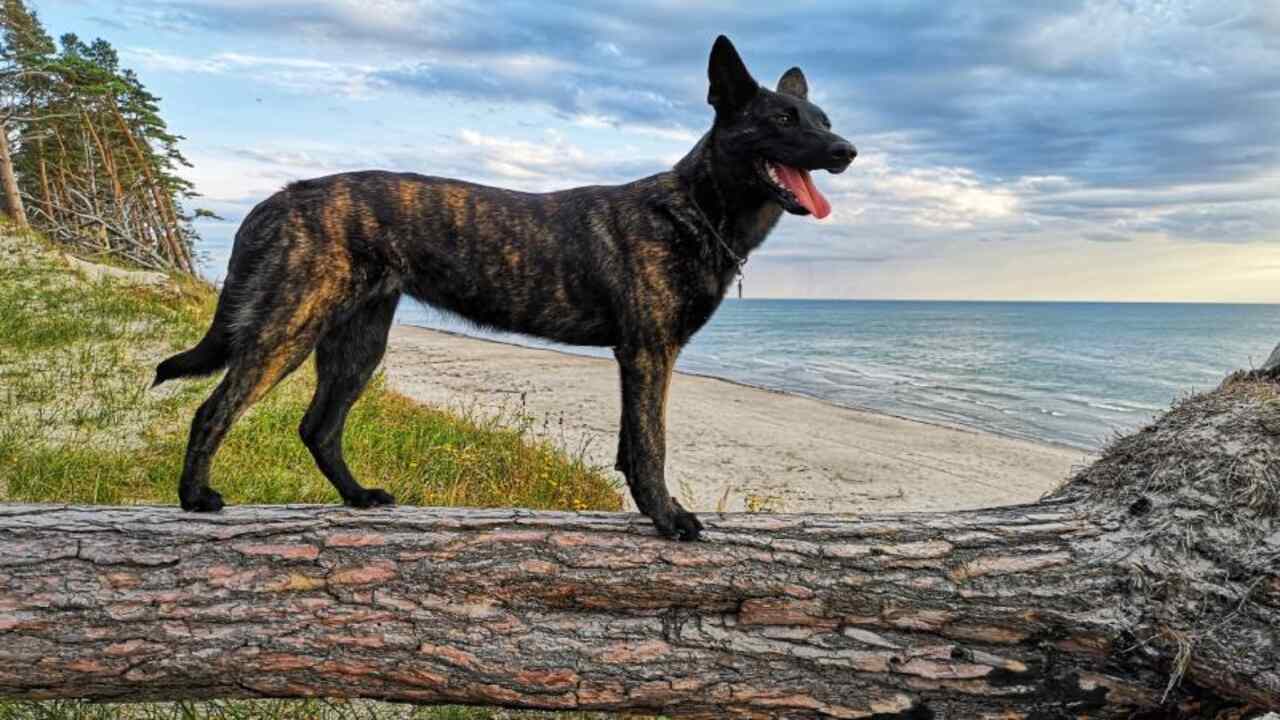
The Schapendoes is a friendly and intelligent breed that was originally bred for herding sheep in the Netherlands. With its long, shaggy coat, regular grooming is necessary to prevent matting and tangling. These active dogs require daily exercise and mental stimulation to avoid boredom and destructive behavior.
When properly socialized and trained, they make excellent family pets, especially for households with children. It’s important to note that Schapendoes can be prone to health issues like hip dysplasia and eye problems, so regular veterinary check-ups are crucial.
- Name: Schapendoes
- Size: Medium-sized (45-50 cm at the shoulder)
- Weight: Approximately 16-20 kg
- Coat: Thick, soft, and curly, with a woolly undercoat
- Colors: Black, white, grey, or brown, sometimes with white markings
- Temperament: Intelligent, lively, loyal, and playful
- Trainability: Easy to train, but can be stubborn at times
- Exercise needs: High energy level, needs daily exercise and playtime
- Grooming needs: Regular brushing to prevent matting and tangles
- Health issues: Generally healthy but can be prone to hip dysplasia and eye problems
Choosing The Right Dutch Breed
When choosing a Dutch breed, finding one that matches your lifestyle and preferences is important. Consider factors such as size, temperament, and activity level to ensure a good fit. Research different Dutch breeds to understand their specific traits and characteristics. Consulting with a breed expert or a kennel club can provide guidance in selecting the right breed. Ensure that the chosen Dutch breed aligns with your ability to meet its needs.
Training Your Dutch Breed
Optimal results when training your Dutch breed can be achieved by utilizing positive reinforcement techniques. It is recommended to start training your Dutch breed from a young age in order to establish good habits early on.
Consistency and patience are key factors in successfully training a Dutch breed. Seeking the assistance of a professional dog trainer can greatly help in the training process. Making use of interactive toys and games can also make training sessions enjoyable for your Dutch breed.
Obedience Training
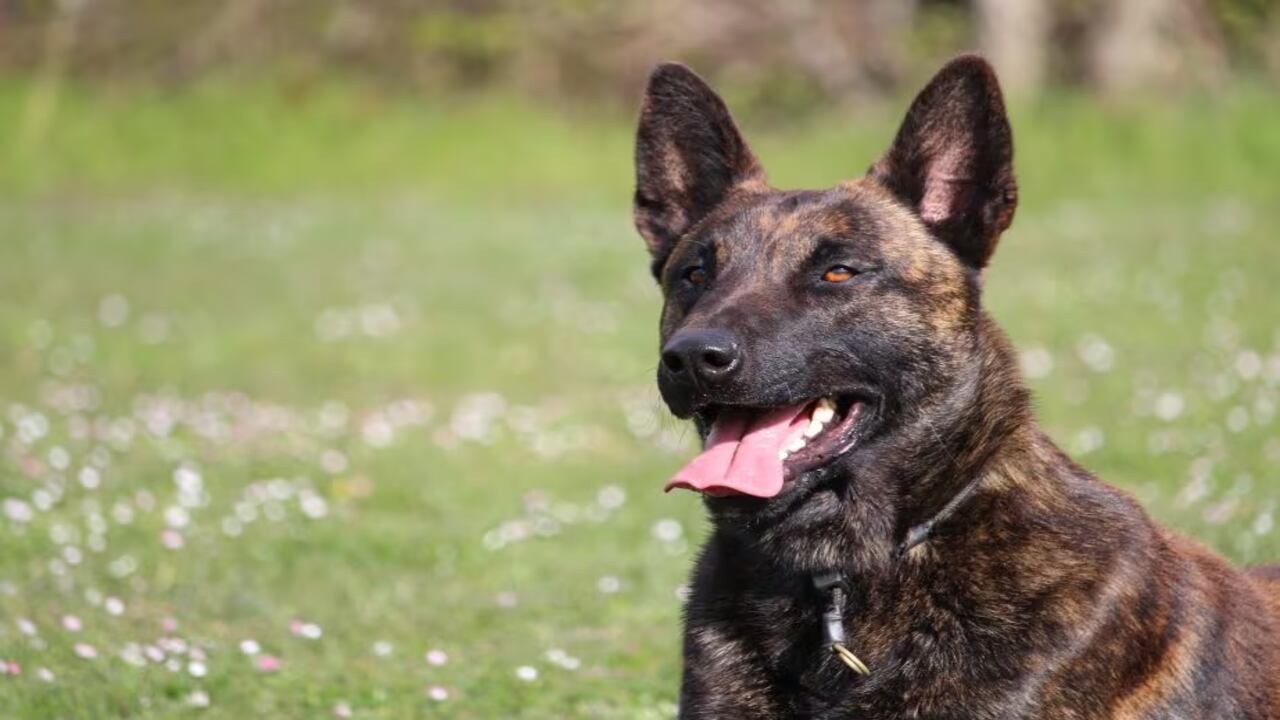
Start early: Begin training your Dutch breed puppy as soon as you bring them home. Early socialization and basic commands like sit, stay, and come will set the foundation for more advanced training.
- Be Consistent: Consistency is key when it comes to training. Use the same commands and reward system consistently so that your dog learns what is expected of them.
- Positive Reinforcement: Reward good behavior with treats, praise, and affection. This will motivate your dog to repeat the desired behavior and make training sessions enjoyable for both of you.
- Use Positive Cues: Dutch breeds are known for their intelligence, so use positive cues like clickers or hand signals in addition to verbal commands. This will help them understand and respond better.
- Patience Is Key: Training takes time and patience. Be patient with your dog’s learning process, and remember that each dog learns at their own pace.
- Seek Professional help If Needed: If you’re struggling with training or need guidance, consider enrolling in obedience classes or seeking assistance from a professional dog trainer who specializes in Dutch breeds.
Training Challenges Specific To Dutch Breeds
Training Dutch breeds may pose unique challenges due to their independent nature. Employing positive reinforcement and motivation techniques when working with more stubborn breeds is important. Providing mental stimulation and varied training exercises can help keep your Dutch breed engaged and focused. Enlisting the help of a professional trainer experienced in Dutch breeds can also be beneficial in overcoming specific training difficulties. Patience and consistency are key when facing training challenges with your Dutch breed.
Care And Maintenance
Proper care and maintenance are crucial for keeping your Dutch breed healthy and happy. Regular veterinary check-ups are essential to ensure their well-being. Creating a balanced diet plan tailored to their specific nutritional needs is important. Regular exercise is vital for their physical and mental health. Additionally, proper grooming practices like regular brushing and bathing will help keep your Dutch breed looking and feeling their best.
Dietary Needs
To ensure your Dutch breed’s optimal health and well-being, it’s important to consider their dietary needs. Start by selecting a high-quality dog food brand that caters to your dog’s specific requirements.
It’s advisable to consult with a veterinarian to determine the appropriate portion sizes and feeding schedule for your Dutch breed. Avoid giving them table scraps or foods that could be harmful. Regularly monitor their weight to prevent obesity, and always provide fresh water for hydration.
Exercise Requirements
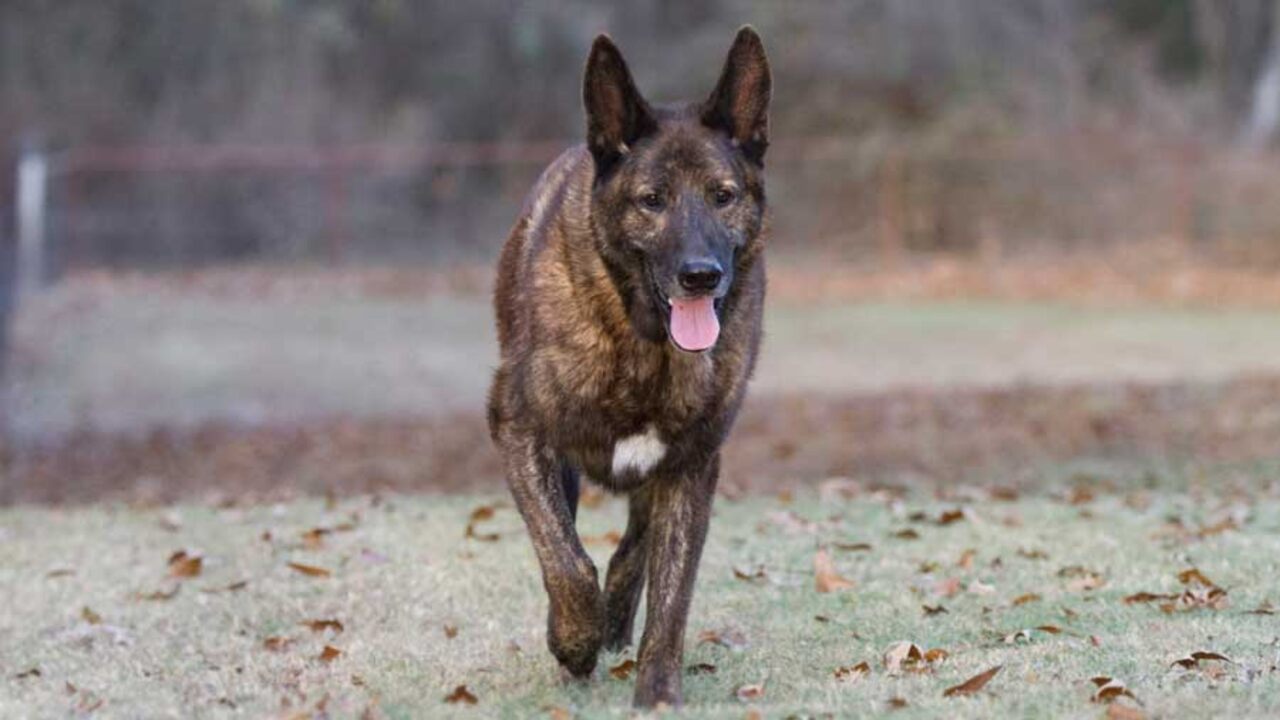
To ensure the well-being of Dutch breeds, it is important to meet their high exercise requirements. Daily physical activities like walking or jogging can fulfill these needs. Mental stimulation exercises like puzzle toys and obedience training should also be incorporated into their routine. Interactive play with other dogs or their owners can help release energy. Additionally, participating in dog sports or activities tailored to the exercise needs of Dutch breeds is beneficial.
Grooming Tips
Proper care and maintenance are essential for keeping traditional-Dutch dog breeds healthy and happy. Here are some grooming tips to help you keep your furry friend looking their best:
- Regular Brushing: Brush your dog’s coat at least once a week to remove loose hair and prevent matting.
- Bathing: Bathe your dog as needed using a gentle dog shampoo. Be sure to thoroughly rinse out all of the shampoo to avoid skin irritation.
- Nail Trimming: Keep your dog’s nails trimmed to a proper length. If you’re unsure how to do this safely, consult a professional groomer or veterinarian.
- Ear Cleaning: Check your dog’s ears regularly for any signs of infection or buildup of wax. Clean them with a veterinarian-recommended ear cleaner if necessary.
- Dental Care: Brush your dog’s teeth regularly using a toothbrush and toothpaste made specifically for dogs. This helps prevent dental issues such as tartar buildup and gum disease.
- Eye Care: Clean the area around your dog’s eyes with a damp cloth to remove any discharge or debris.
Remember, each breed may have specific grooming needs, so it’s important to research the requirements for your particular Dutch breed and consult with a veterinarian or professional groomer if you have any questions or concerns.
Conclusion
Traditional Dutch dog breeds have a rich history and unique characteristics, making them a great choice for dog lovers. Whether you prefer the loyal and versatile Dutch Shepherd, the lively and affectionate Dutch Smoushond, the intelligent and friendly Kooikerhondje, the playful and sociable Keeshond, or the agile and hardworking Schapendoes, each breed has its own charm and qualities.
However, it’s important to remember that owning a dog is a responsibility. Proper training, care, and maintenance are crucial for ensuring the well-being and happiness of your furry friend. Consider your lifestyle, preferences, and the breed’s specific needs before deciding. With the right approach, a Dutch dog breed can bring joy and companionship to your life for many years to come.
Frequently Asked Questions
[rank_math_rich_snippet id=”s-ed5ce19e-98e7-41f3-ab12-c794df7ee82b”]